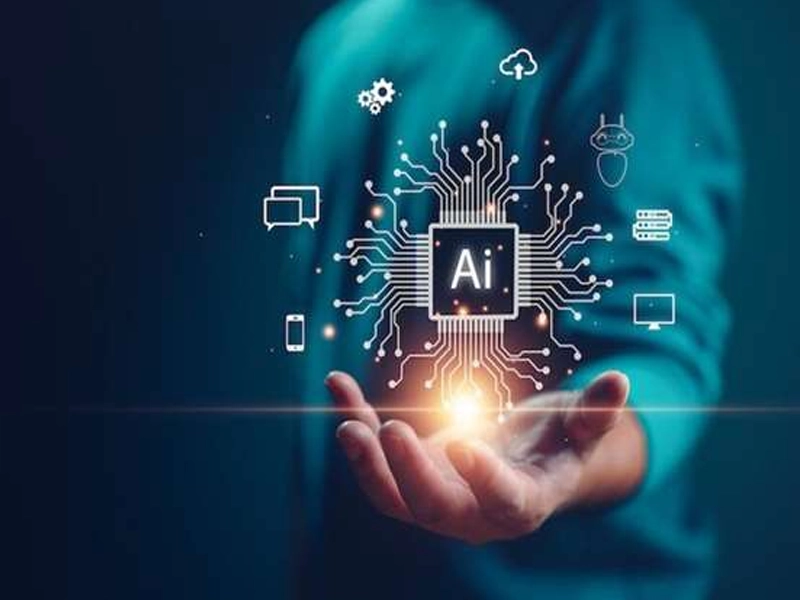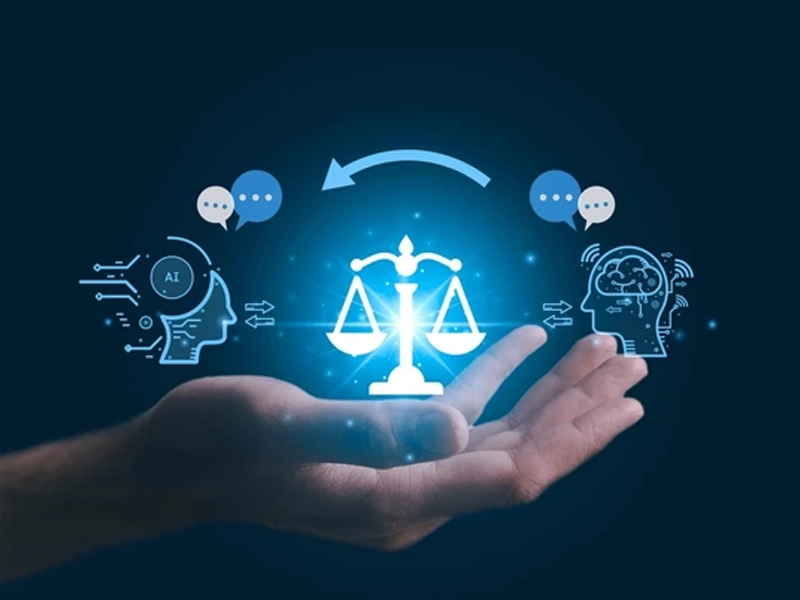
When Was AI Invented? The Real Origin Story of Artificial Intelligence
What if I told you that Artificial Intelligence didn’t start with smartphones or robots—but with a bold idea in a quiet college room almost 70 years ago?
Most people think AI is a modern breakthrough, something that exploded just recently. But the truth is, its origin goes far back, and its story is full of fascinating twists.
Stick around, because by the end of this article, you’ll know exactly when AI was invented, who made it happen, and why that moment still matters today.
A Dream Before Its Time
Before we dive into the date, you should know this: the dream of intelligent machines isn’t new.
Philosophers and writers had imagined mechanical minds long before we had the tech to build one. They dreamed of machines that could think, talk, and even feel.
But ideas are just the beginning.
AI as we know it didn’t truly begin until science caught up with imagination—and that moment happened in 1956.

The Summer That Changed Everything
In the summer of 1956, a small group of scientists gathered at Dartmouth College in New Hampshire.
One of them was John McCarthy, a brilliant computer scientist who believed machines could one day mimic human intelligence.
He gave that dream a name: Artificial Intelligence.
That workshop wasn’t just a meeting—it was the official birth of AI as a field of study. From that point on, the world saw computers not just as calculators, but as potential thinkers.
The group set the foundation for everything we now associate with AI: reasoning, learning, decision-making. They didn’t build robots right away, but they did something just as powerful—they made the idea real.
Why 1956 Was the Turning Point
Before 1956, computers could only follow exact instructions. They couldn’t learn. They couldn’t adapt.
But at Dartmouth, these pioneers proposed that machines could simulate human intelligence—and even improve themselves over time.
This changed everything.
1956 wasn’t about building perfect machines. It was about building belief. It marked the start of a new way of thinking about machines—not just as tools, but as potential minds.
Decades of Quiet Progress
After the Dartmouth workshop, progress didn’t explode overnight.
In the 60s and 70s, AI researchers focused on small problems—playing games like checkers, solving logic puzzles, or translating simple languages.
Computers were slow. Memory was limited. But the dream stayed alive.
By the 1980s, AI found new life through expert systems—programs that followed rules to make decisions. They were useful in medicine, finance, and engineering. But these systems didn’t really learn. They just followed what humans programmed.
The true leap was still to come.
AI Learns to Learn
In the 2000s and 2010s, something huge happened: AI learned how to learn.
Thanks to more data, stronger computers, and smarter code, machines could now improve on their own.
This is what we now call machine learning and deep learning. Instead of giving the computer every rule, developers gave it examples—and the machine figured out the rules by itself.
Suddenly, AI could recognize faces, translate languages, predict behavior, and even write.
This was the dream that John McCarthy and his team had planted decades earlier—finally coming true.
Why This Origin Still Matters Today
You might ask: why should I care when AI was invented?
Here’s why.
Understanding where AI came from helps us understand where it’s going.
It reminds us that AI isn’t magic. It’s not a surprise. It’s the result of years—decades—of human effort, trial, failure, and imagination.
And that matters, especially now that AI is a part of everyday life.
The ethics, the direction, the impact—it all ties back to the question we started with: when, and how, did this begin?

So… When Was AI Really Invented?
Here’s the short answer: Artificial Intelligence was officially born in 1956, at a summer workshop led by John McCarthy at Dartmouth College.
But the full answer is much richer.
It was imagined long before. It was built piece by piece. And it’s still evolving.
Now that you know the real story, you’re no longer just watching AI unfold—you understand the legacy behind it.
And maybe, just maybe, you’ll be part of where it goes next.
